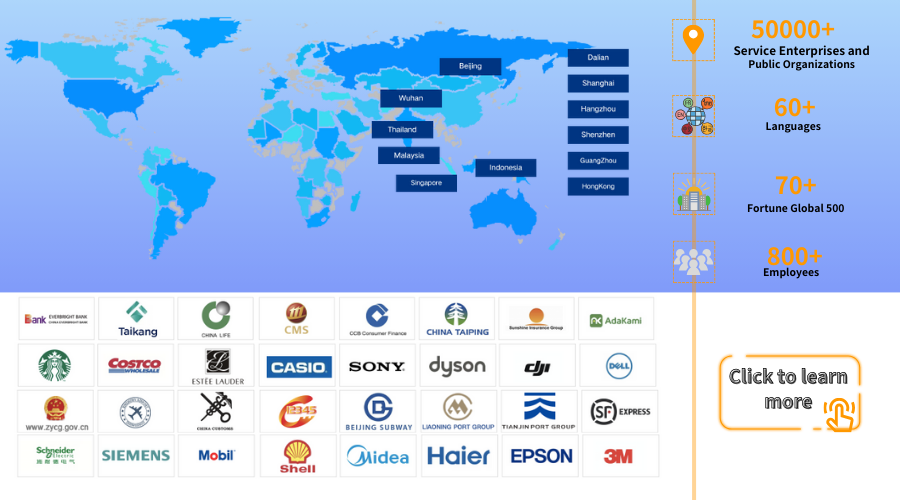Customer segmentation: Guide to types, tips, and strategy
Article Summary:This essay will explore the different types of customer segmentation, provide tips on how to effectively segment customers, and discuss how segmentation can inform an overall marketing strategy.
Table of contents for this article
Customer segmentation is a vital marketing strategy that involves dividing customers into distinct groups based on common characteristics. By segmenting customers, businesses can better understand their target audiences and tailor their products, services, pricing, and communications accordingly. This essay will explore the different types of customer segmentation, provide tips on how to effectively segment customers, and discuss how segmentation can inform an overall marketing strategy.
Types of Customer Segmentation
There are several common approaches to segmenting customers:
Demographic segmentation divides customers based on variables like age, gender, income, occupation, education level, and more. This type of segmentation is useful for gaining insights into how different demographic groups view and interact with a brand.
Geographic segmentation focuses on factors such as country, region, state, city, density, and climate. Businesses can use geographic segmentation to tailor their approach based on local tastes, regulations, infrastructure, and other location-specific considerations.
Behavioral segmentation examines customers' behaviors, usage patterns, benefits sought, and loyalty status. Behavioral data provides a deeper understanding of what customers do and why they make certain purchasing decisions.
Psychographic segmentation analyzes personality traits, values, opinions, interests, and lifestyles. This deeper level of insight can be particularly helpful for differentiating customers and crafting compelling brand messaging.
Tips for Effective Customer Segmentation
When segmenting customers, businesses should keep the following tips in mind:
- Use multiple variables. The most accurate segmentation combines demographic, geographic, behavioral, and psychographic factors rather than relying on a single dimension.
- Define segments clearly. Segments should be distinct, measurable, accessible, substantial, and actionable to properly inform marketing strategy.
- Analyze quantitative and qualitative data. Leverage both hard data like purchase histories as well as soft inputs like customer surveys and interviews.
- Validate segments. Test segmentation assumptions by examining how well segments predict behaviors and responses to marketing initiatives.
- Keep segments dynamic. Customer preferences and the market are always evolving, so segmentation needs periodic review and refinement.
- Align segments with goals. Ensure the identified segments are directly relevant to key business objectives like increasing sales, boosting loyalty, or gaining market share.
- Communicate insights. Share the results of segmentation analysis across departments to optimize how the entire organization engages different customer groups.
Using Segmentation to Inform Strategy
The ultimate goal of customer segmentation is to develop targeted strategies that resonate more strongly with each audience. Some ways segmentation can shape a comprehensive marketing approach include:
- Tailored messaging. Craft customized content, promotions, advertising, and product recommendations for each segment.
- Personalized experiences. Leverage customer data to deliver more individualized service, communications, and online/in-store experiences.
- Channel preferences. Deploy campaigns through the channels segments prefer to receive, evaluate, and act on information.
- Product development. Prioritize developing or modifying offerings to better satisfy the needs of high-value segments.
- Pricing strategies. Consider segment-specific pricing, discounts, loyalty programs or bundling/packaging options.
- Partnership opportunities. Identify segments that could be reached through strategic alliances with complementary businesses.
- Performance tracking. Use well-defined segments to benchmark goals, measure ROI for each initiative, and optimize approaches over time.
In today's competitive landscape, a one-size-fits-all approach to customers simply does not work. Segmentation provides the insights necessary to attract, engage and retain customers in a tailored manner. When done strategically and continually refined based on results, segmentation can be a powerful tool for boosting customer loyalty, increasing revenues and gaining market share over the long term.
Take our Insight Tool for a spin—for free—to see how it can work for your business.
The article is original by Udesk, and when reprinted, the source must be indicated:https://www.udeskglobal.com/blog/customer-segmentation-guide-to-types-tips-and-strategy.html
customer insightsinsight toolsinsights and analytics

 Customer Service& Support Blog
Customer Service& Support Blog



